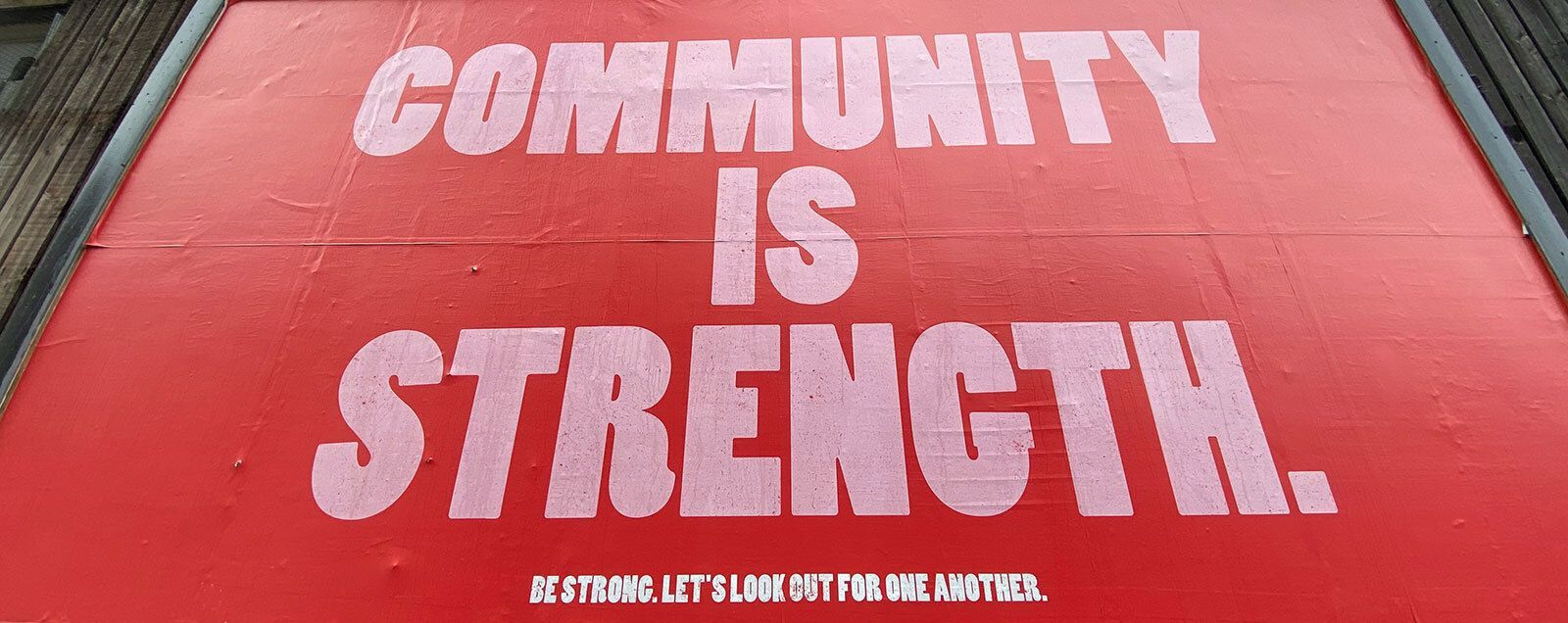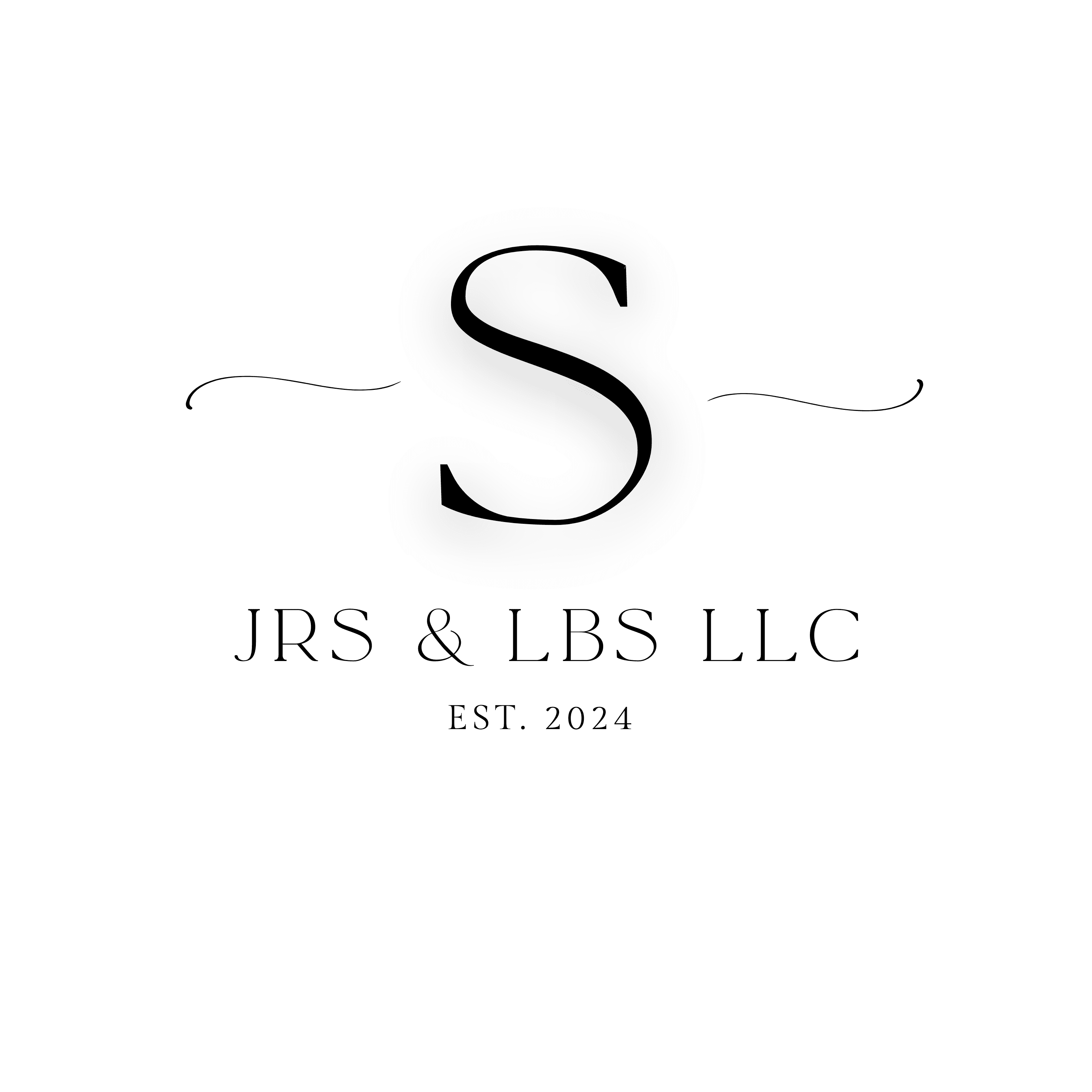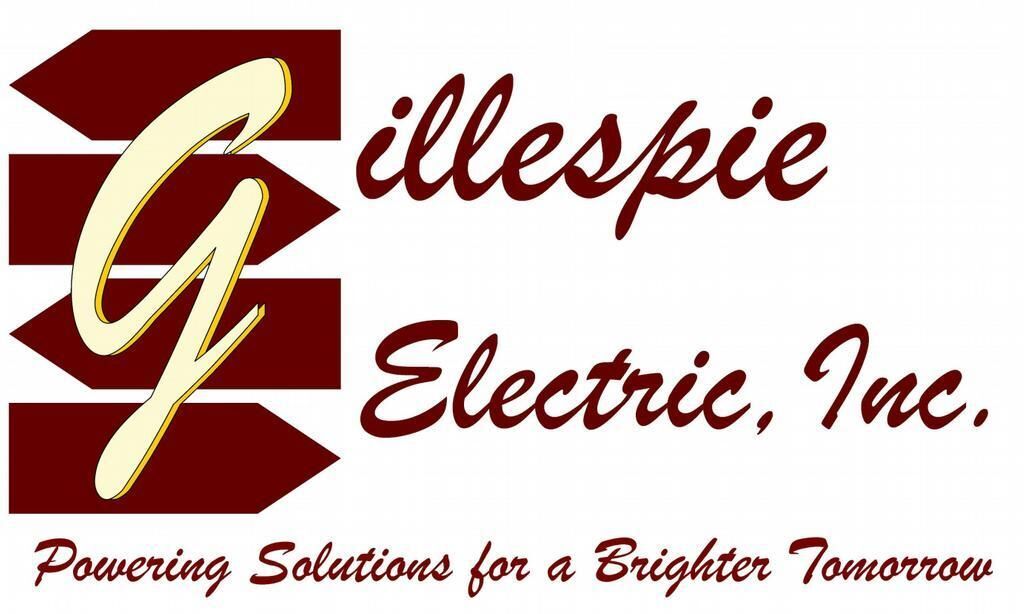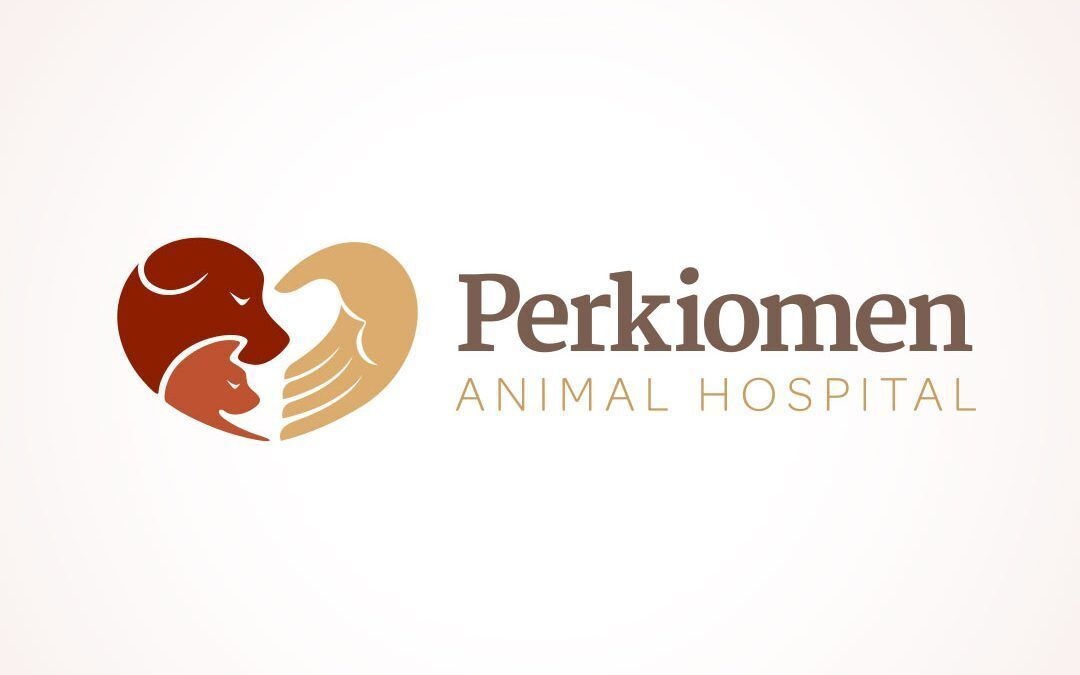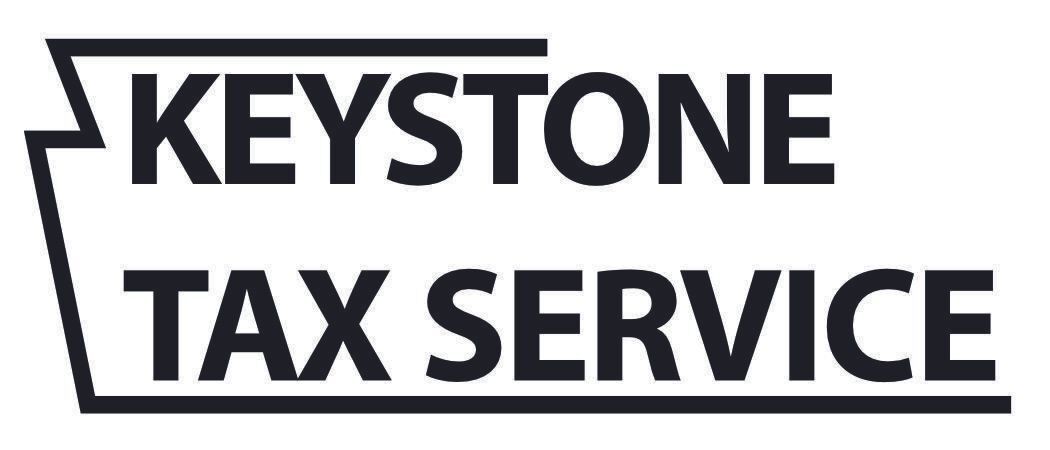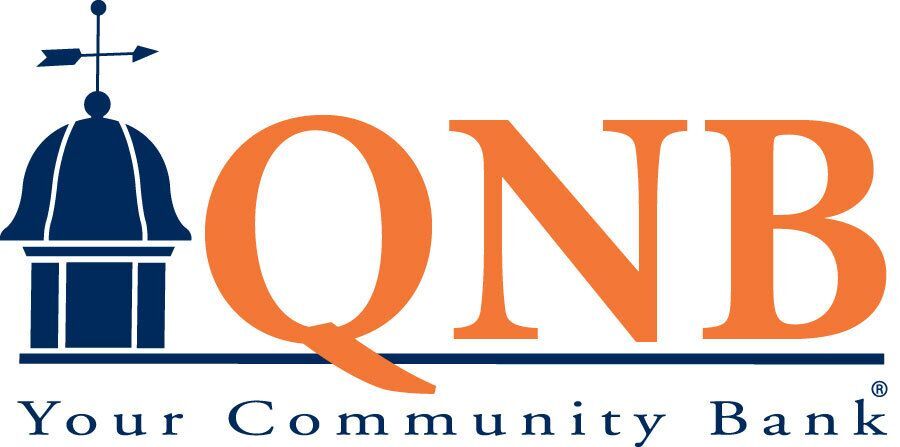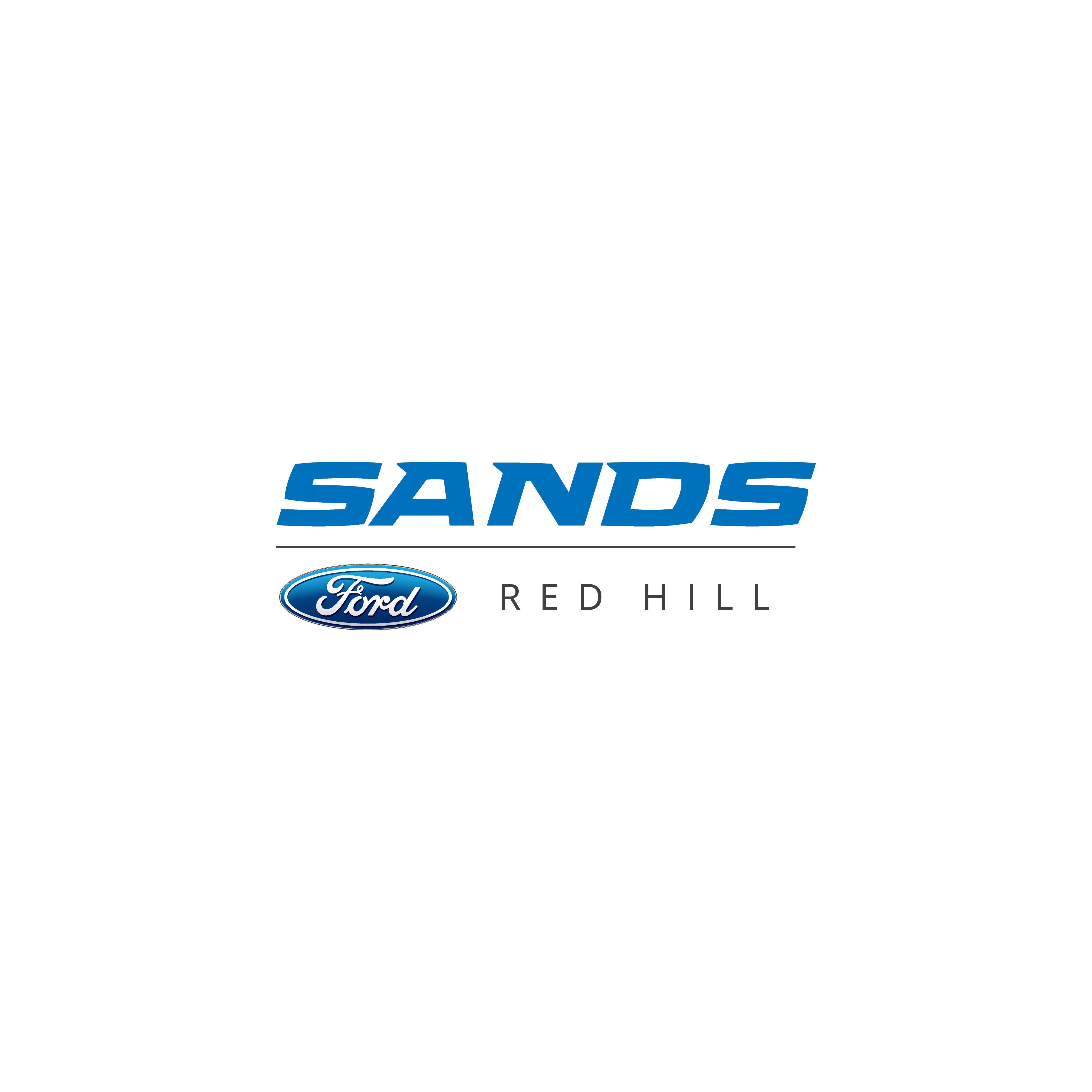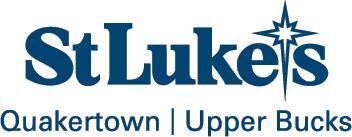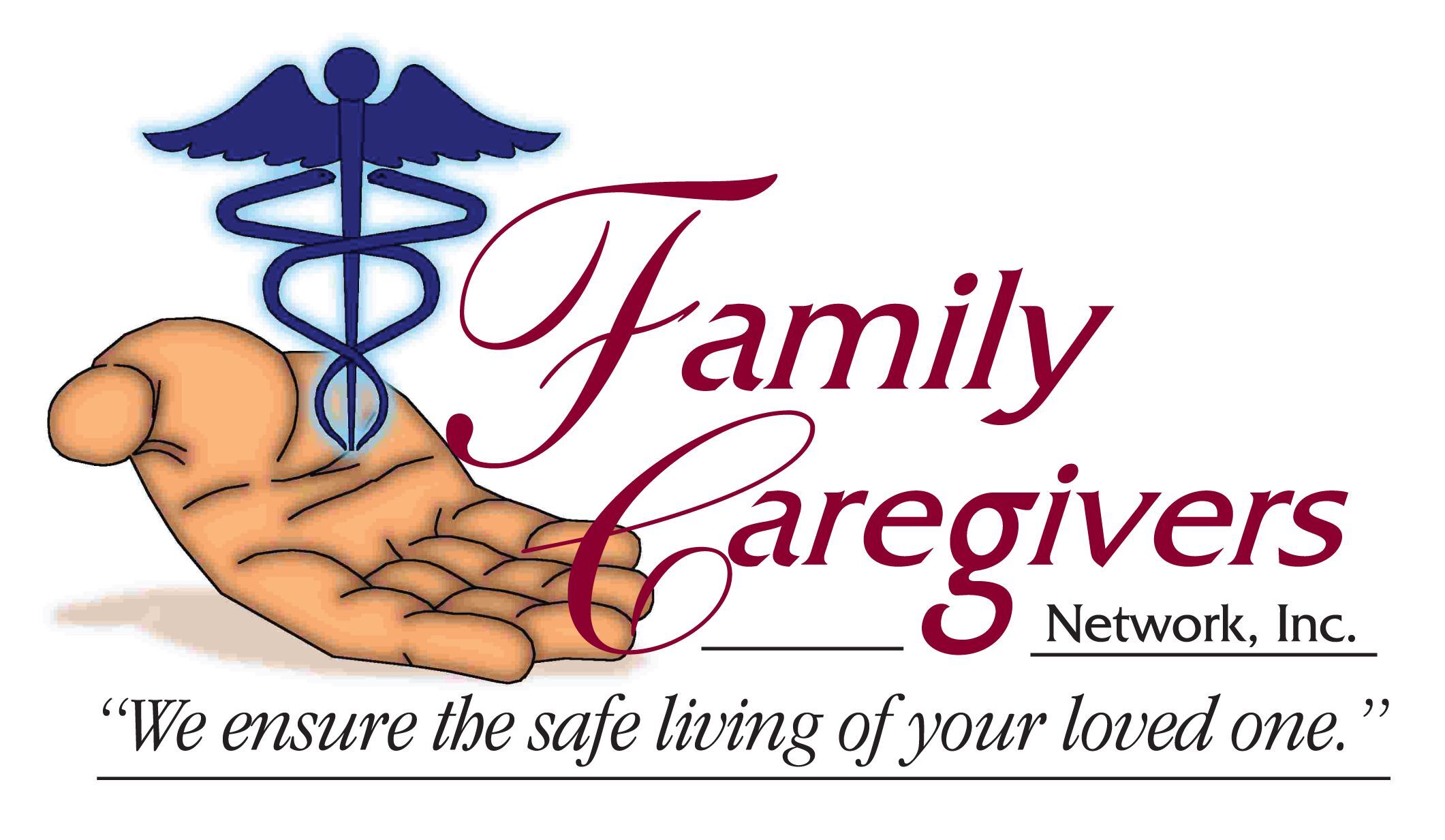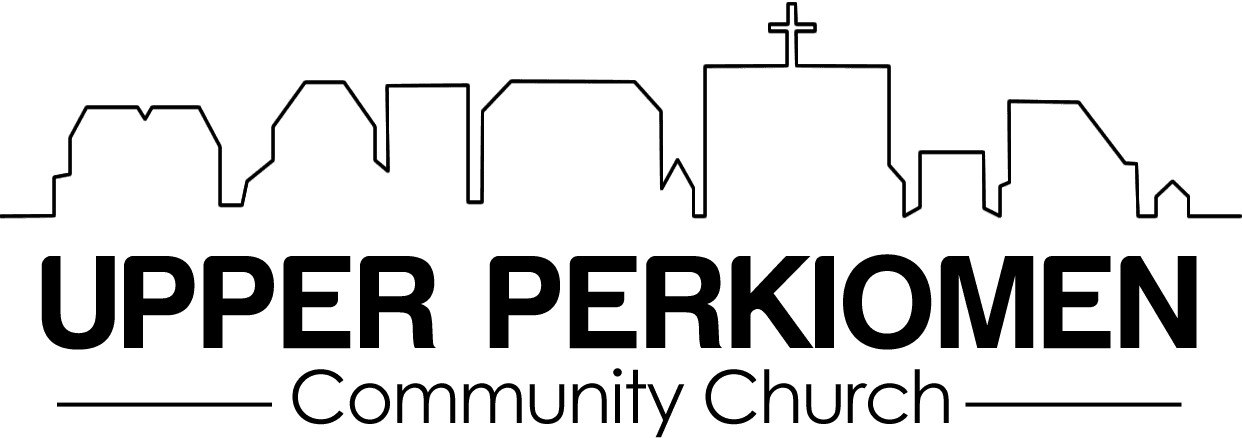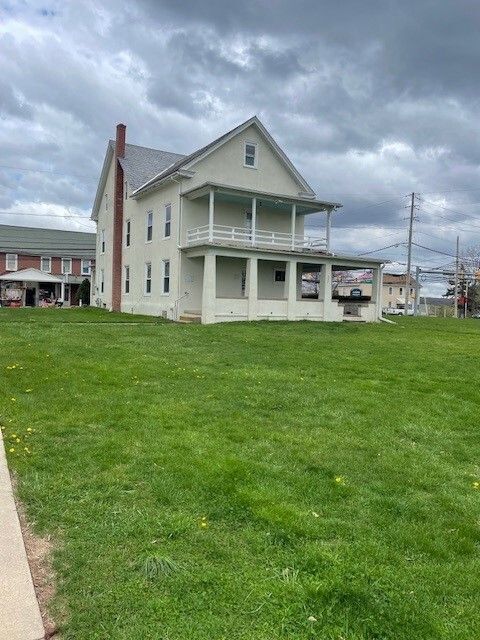
The Open Link has been working with an all-volunteer group – The Upper Perk Homelessness Coalition (UPHC), for about a year to identify and support those who are experiencing homelessness in our community. While this might seem like a “big city” problem, nationally homelessness increased 12.1% in just one year (2022 to 2023). The pandemic and lingering mental health issues, along with the high cost of housing have been identified as factors in that significant jump during this period.
Recently, there was an article in the “Town and Country” about the status of a potential Code Blue Shelter operating in Pennsburg United Church of Christ’s Annex building. As one of the leaders working to establish this temporary shelter, The Open Link thought it might be important to answer some questions regarding homelessness in the Valley, as it is often a subject that can be misunderstood.
Are there homeless individuals living in our community?
The answer is yes! There are individuals who are living in the Upper Perkiomen Valley right now that are considered “homeless” by HUD’s definitions. Individuals who are living in cars, on the street, sleeping on someone’s couch or do not have a permanent address are all considered homeless. Community agencies such as The Open Link and Access Services estimate that there are as many as 30 community members who are unhoused at any given time. The Open Link is currently working directly with 10 individuals.
Why does someone become homeless?
There are many reasons for homelessness. The prohibitive cost of housing in our region along with the lack of supportive housing for those experiencing mental health issues are two very significant causes. In addition, often people who are homeless are struggling with an active mental health crisis and/or substance abuse. Many people who are homeless are employed but do not have enough income to afford the rising rents in this area. Sometimes, they lack networks like family or friends who can help them through difficult times. While there is no one single cause for homelessness, the stigma and challenges that homelessness present often make it difficult to provide someone with a permanent, safe, supportive space.
What is being done to help these individuals?
This is a complicated question, but the first steps are to build trust with these individuals through the UPHC, The Open Link and Access Services so that we can determine what they might need to survive. UPHC is providing sleeping bags, tarps, wipes, snacks and other supplies for those living on the street. The UPHC Street team is connects them with us to help find other benefits and resources, such as medical care, mental health medication management, food stamps and other resources. Ideally, The Open Link would like nothing better for these individuals to be housed but there is a 6 month waiting list with county resources, so connecting them with our organization helps begin that process.
Are people being shipped here from Philadelphia or other metropolitan areas?
The Open Link has found no evidence of this in the homeless individuals we currently help, nor in the ones that the street team has met. In speaking to those trying to survive without shelter here, they share that this is a very difficult place to be homeless, with no transportation, large distances between municipalities and lack of a safety net that provides meals, healthcare or mental health support. They are here because they have ties to the area. Some grew up here and attended Upper Perk High School, some had family or friends here, but death or a falling out has made this network no longer an option.
What is “Code Blue?”
Code Blue is a countywide emergency declaration that is put into place on the coldest nights of the year. In Montgomery County, that is defined as 32 degrees or below. During a Code Blue Declaration, temporary shelters that have been designated around Montgomery County open their doors to unhoused individuals so that they can get a hot meal and sleep in a warm, sheltered location.
Who decides where the “Code Blue Shelters” are placed?
Communities around the county have decided the necessity for Code Blue shelters in their area. This is typically a community-led, grassroots movement often led and supported by community officials, faith leaders, business leaders and private citizens.
Are these shelters in operation all the time?
No, these shelters are specifically activated for Code Blue conditions declared by the County and close the following morning. Some operate as warming stations during the day, during a declaration, but the Pennsburg shelter will not be.
Where are current Code Blue shelters?
At the time of this writing, known Code Blue shelters include Norristown, Pottstown, Souderton, Lansdale, Ambler, Plymouth Meeting, Lower Merion and in Bucks County, Quakertown.
Is there a Code Blue Shelter in the Upper Perkiomen Valley?
There is no Code Blue Shelter currently operating in the Valley. The closet Code Blue Shelter is in Quakertown.
How do we start a Code Blue Shelter here?
Work is already underway to establish a Code Blue Shelter in the Valley. A group of dedicated volunteers have coordinated with Access Services, The Open Link, Upper Perk Community Church, Pennsburg UCC and have come together to support the unhoused in the Valley by establishing the Upper Perk Homelessness Coalition. They have coordinated a street team, supply team, volunteer team, marketing and communications team and other focused initiatives to help meet the needs of the homeless. Currently, the focus is on creating a Code Blue Shelter for winter 2024-2025. They have identified a building owned by Pennsburg UCC as an ideal location for a Code Blue Shelter. The group, along with The Open Link, has been attending borough meetings and providing information including a standard operations manual, information on safety and security procedures, and county resources to the council since February, 2024 in a effort to respectfully honor the process for establishing this temporary, overnight shelter through application for a Conditional Use Permit.
Who will stay at the Code Blue Shelter?
If approved, the shelter would allow for up to 10 men to stay overnight. At this point, there is not an accommodation for women, so the plan would be to transport them to the closest Code Blue shelter in Quakertown.
How do we get that location up and running as a Code Blue Shelter?
Most of the work to create the shelter has been coordinated by the UPHC and The Open Link. What is needed now if the permission to do so through a conditional use permit. This permit allows the Code Blue shelter to run from November 1, 2024 to April 30, 2025 only on Code Blue nights.
If I want to help, how can I get involved?
Volunteer!
- If the permit is granted, we will need help to improve the building by painting, patching, cleaning and installing appliances. This work is planned to take place between October 12 and November 15.
- Volunteer for shelter shifts. If the permit is granted, volunteers will support the shelter each night it is open and providing support in either a 2- or 3-hour shift. There will be training with the county and the Upper Perk Homelessness Coalition prior to scheduling each shift.
- If you are interested in volunteering, fill out The Open Link application at www.theopenlink.org.
Donate!
- Gift cards are needed for supplies and to provide a hot meal for someone experiencing homelessness.
- Monetary donations will help in setting up the shelter and with its ongoing operation during the Code Blue period.
Educate!
If you believe as we do that no one should be left to freeze during the cold winter months, join us in advocating for this basic human right. Educate yourself to understand the complexity of homelessness and the necessity for communities to help solve the problem. Here is a great website to get started - The National Alliance to End Homelessness


